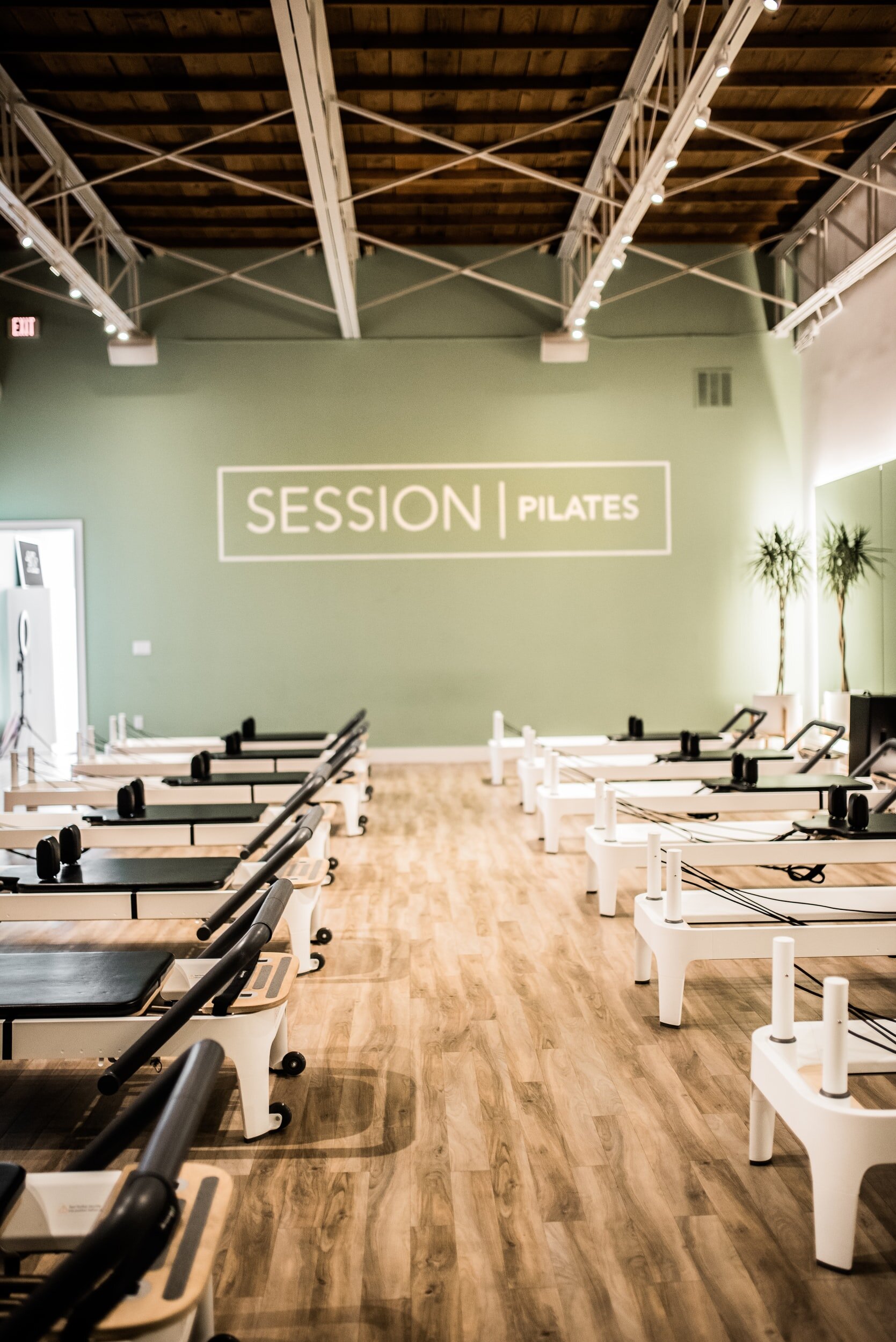Creativity in movement.
Since Pilates studios have been mostly closed for the better part of the year due to lockdown, creativity has been the name of the game when it comes to teaching and doing mat Pilates. There are only thirty-four exercises in the original Joseph Pilates mat repertoire and within this set, there are many movements that are not functionally available to people, myself included. How do we cultivate our curiosity in the movement to sustain interest when there are limitations to the exercises? How do we keep Pilates fresh for ourselves as time goes on and we’ve “run out of exercises” to do?
As a teacher, the onus to be constantly creative with movement can be exhausting. As students, the need to nurture our curiosity in movement is not only necessary, but also imperative because it encourages a commitment to the practice. There can be, however, for both parties, a shift in awareness that can open doors to creativity in movement - you can take an exercise and change what you get out of it by placing the focus on another principle, muscle or joint to make things feel brand new. You can also riff on the base movement to create something completely different.
Take, for example, cat stretch: At first glance, this is absolutely an exercise targeting spinal mobility and articulation. But by cueing the movement differently, the feel-factor changes.
I often cue this movement from the upper body, as I get the students to connect the upper limbs to the torso. By asking people to press into their hands, the sensation is often of the arms feeding into the serratus/lats and therefore the core, as they start to articulate the spine. Students can start to understand the integration of the upper limbs into the core and the core control required to move the upper limbs.
2. By cuing the cat stretch starting from the tailbone, articulating vertebrae by vertebrae from the tailbone up towards the crown of the head, the student can begin to connect to the lower abdominals and transversus abdominis. In this version, one can begin to bring awareness to the parts of the spine where they feel stuck and can work on spinal articulation, mobility, and control. This feels especially good in the lumbar spine and is a great way to segmentally decompress the lower back.
3. You can even forgo the minute spinal articulation focus of cat stretch and use the general concept of spinal mobility to freestyle - experiment with circles in the shoulder girdle, lateral flexion of the spine by “wagging the tail”, freedom in movement by flexing/extending/rotating the spine where it feels good. This is definitely more exploratory, but this also has a place in the Pilates repertoire.
By approaching the basic exercise from different angles, you can elicit a different focus. Just like magic, you now have three ways to experiment with cat stretch. If you think about all the exercises Joseph Pilates has created, you now have endless varieties so you’ll never get bored. Think outside of the box and see what can come from imagination and play!
Your Space. Your Community. Your Studio.




